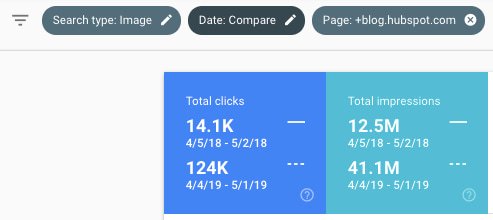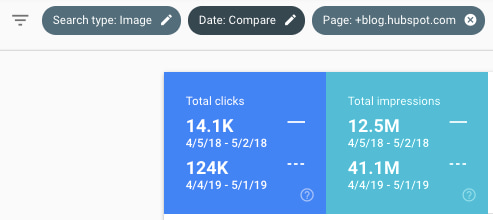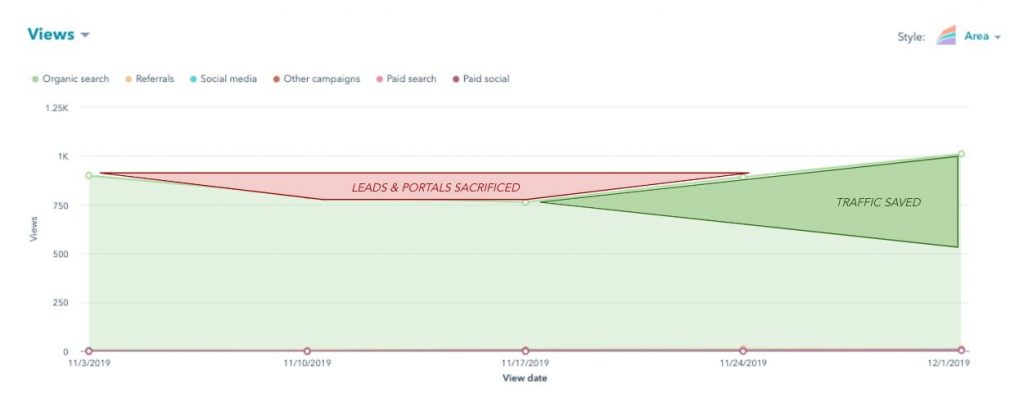How We Octupled Image Search Traffic to the HubSpot Blog in 1 Year

By brbecker@hubspot.com (Braden Becker)
This post is a part of Made @ HubSpot, an internal thought leadership series through which we extract lessons from experiments conducted by our very own HubSpotters.
Cliché: A picture is worth a thousand words.
Fact: HubSpot’s pictures are worth 120 thousand clicks.
Last year, my colleague Karla Cook gave our readers a 3,000-word peek behind the curtain into a new SEO strategy we implemented at the beginning of 2018. That strategy, which was designed to fix a traffic plateau across the blog, increased our organic traffic by 25% year over year — to eight million organic pageviews per month. This is about three million new organic views we didn’t have at the beginning of 2018.
Where that traffic is coming from is equally exciting.
As I said, our new SEO strategy launched our organic blog traffic to heights it had never been to before. But that strategy had another, somewhat unintended consequence for us.
While we increased our total organic traffic by 25% from last year, we increased our image search traffic by … wait for it … 779%. This refers to traffic that comes from people who conduct a search in Google, or a similar search engine, and click on an image result that leads to the HubSpot Blog.
“Pics or it didn’t happen, Braden.” As you wish:
Source: Google Search Console
Take a look at the royal blue tile in the chart above. Between April 2018 and April 2019, HubSpot literally increased its organic traffic from 14,100 organic views per month to 124,000 organic views per month — a nearly 8X lift.
Our image traffic accounts for just under 2% of our blog’s total monthly organic traffic, which, in the scheme of things, is not all that significant. But even though the vast majority of our organic traffic still comes from web search (the written blogs themselves), our image traffic’s rate of increase (779%) is vastly disproportionate to that of our total blog traffic (25%).
And let’s be honest, 2% of 8 million is nothing to sneeze at.
But what made the difference, if not just our new blog-aligned SEO strategy?
Image SEO Best Practices That We Learned
As it turns out, we had a few other tricks up our sleeve along the way that gave our images some extra juice on the search engine results pages (SERPs), all of which are just good best practices in commercial content creation.
1. Optimized Alt Text
In the HubSpot COS, we’ve almost always filled in image alt text fields with text that (tries to) describe the image it’s associated with. Last year, though, we started taking alt text way more seriously.
Rather than automatically fill image alt text with the image file name — something the HubSpot COS conveniently does for you so this field isn’t left blank — we now optimize each image we embed with the keyword the blog post is targeting. Then, we add …read more
Source:: HubSpot Blog










